Swithland Church St Leonards
The village of Swithland is well known for its slate which is found all over the county and further a field in churchyards as finely etched gravestones and as roof slates. The slate was probably first worked in the 13th century but with the advent of gunpowder the industry rapidly expanded to around 1740 until under competition from Welsh slate the quarries fell into decline and by the end of the 19th century had all but ceased. Today...
Stapleford Church St Mary Magdalene
The ‘new’ Gothic church at Stapleford was built in 1783 and dedicated to St Mary Magdalene. This church was part of the manor of Stapleford which was given to the Ferrers family after the Norman Conquest. In 1265 the family chose the wrong side in the second Baron’s war and most of their lands were forfeited. The manor changed hands several times until it came to Robert Sherard in 1402 where it remained in the family for nearly 500...
Ratcliffe on the Wreake St Botolphs
Nearly seven miles north-east of Leicester is the small village of Ratcliffe on the Wreake which takes the second part of its name from the River Wreake that lies to the south. It has a small population of a few hundred and is just off the Fosse Way. The pretty church of St Botolph’s consists of a nave, chancel and tower with a tall crocketed spire. There was originally a north aisle but this was removed between 1791 and 1795,...
Medbourne Church St Giles
The small village of Medbourne is some 15 miles south-east of Leicester and 5 miles north-east of its nearest town at Market Harborough. It is tucked away in the rolling hills in the far corner of Leicestershire near to the county line of Northamptonshire & Rutland. The name is probably Anglo-Saxon and means ‘meadow stream’, but the Saxons were not the first in the area and there have been Roman finds which indicate a...
Blaston Church St Michael (ruin)
Blaston is small village south-east of Leicester near to Rutland county. Its largest neighbour is Medbourne. With only 30 people living here it should perhaps be described as a hamlet and consists of one main pretty street with some imposing houses along its length. This very small village was originally two parishes, and the two chapels were no more than 500yards apart. St. Michael’s was a donative chapel and although it is not...
Blaston Church St Giles
Blaston is small village south-east of Leicester near to Rutland county. Its largest neighbour is Medbourne. With only 30 people living here it should perhaps be described as a hamlet and consists of one main pretty street with some imposing houses along its length. Blaston is mentioned in the Domesday book when Robert de Tosny owned land there. In the past it has been known as Bladestone and Blachestonei and has had many owners....
Breedon on the Hill St Mary & St Hardulph
This has to be one of the most important churches in the two counties if not in the whole of the UK because of its unique Saxon carvings – but more on that later. This church is dramatically sited on a limestone hill being cut-away by the quarry below and can be seen for many miles. The hill has been occupied for thousands of years and the present church is not the first. In 675 a monastery was founded on the hill with Hedda as...
Frisby on the Wreake St Thomas of Canterbury
Back to Leicestershire and the Wreake Valley which we have been slowly progressing through the last few months. There is another Frisby 8 miles away but this is distinguished by the ‘Wreake’. The name of the village may have derived from the Danes who settled in the area in the 9th and 10th centuries. It may refer to a settlement of Frisians, this ethnic group from Northern Europe settled in England during this period and...

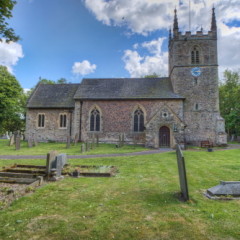
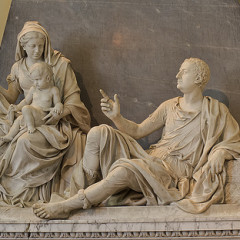
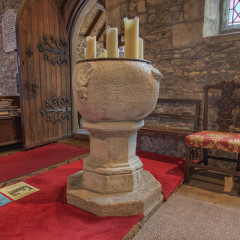
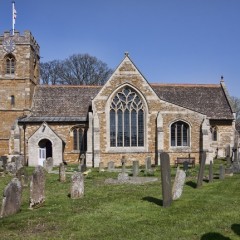
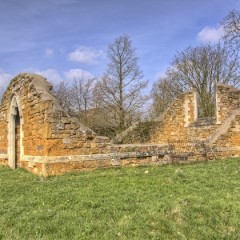


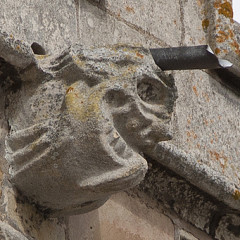


Latest Comments